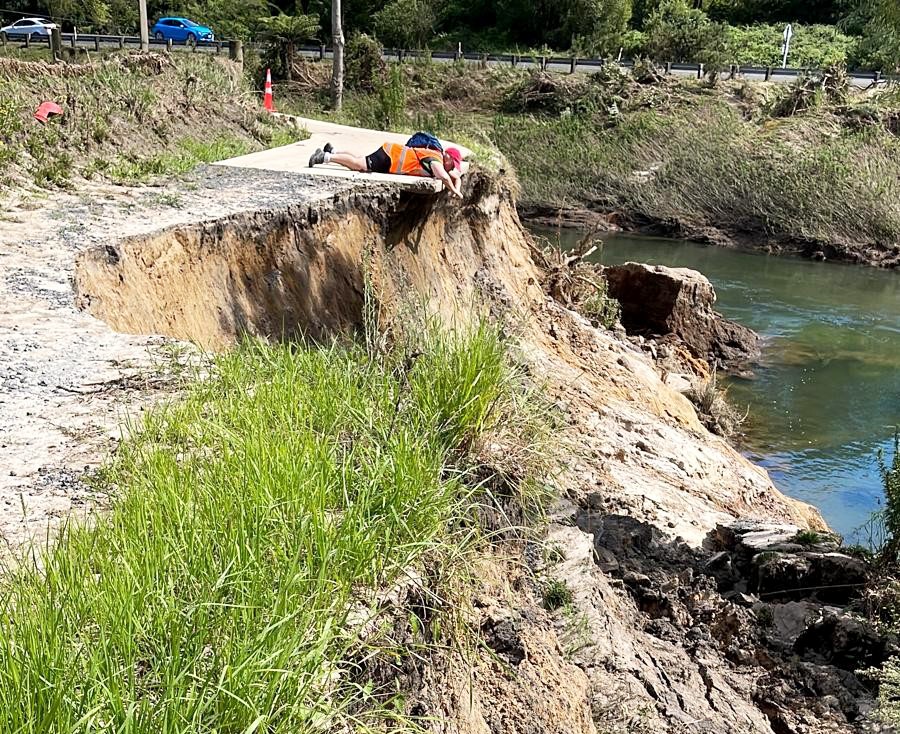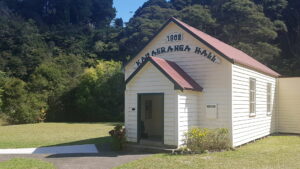The Hauraki Rail Trail has secured a total of $3.7m in Government and Council funding to repair and upgrade the cycle network after damage suffered in recent storms.
Today it was announced that the Ministry of Business, Innovation and Employment will contribute just over $2m towards the project. This is matched by joint funding from Thames-Coromandel,
Hauraki, and Matamata-Piako District Councils, which will contribute to the three-year repair project.
The trail suffered severe damage to its surface and stability in this year’s summer storms, with the funding ensuring its recovery and resilience.
Tourism Minister Peeni Henare made the announcement about the funding in Matamata today.

“I am grateful for the support we have from our three District Councils, and central government in
working with us to resolve the funding hole we were facing after the storms,” Diane Drummond, CEO of the Hauraki Rail Trail, said.
“This community asset is of such great importance to our local community, providing both strong economic and health benefits. To see it on its knees in February, was very sad. With our borders now open again, we need to dust off the dirt and get on with the mahi now.”
Diane said the ‘works programme would take another eighteen months to complete, such was the scale of the damage’.

Minor works are already underway throughout the network, with the project due for completion
in 2025.
The major repairs included in the project are:
1. Rehabilitation on the trail from Kaiaua to Rays Rest. Relocating the track away from the
unstable northern end of Rays Rest.
2. Putting in a bypass of the ongoing Waikato Regional Council stop-bank works and then
relaying the trail.
3. Resurfacing and bridge repairs between Thames and Hikutaia.
4. Extensive works between Paeroa and Waihi to stabilise and resurface the trail.
5. Surface and slump repairs between Paeroa and Te Aroha.
Strong support for the repair project reflects the contribution the 160km Hauraki Rail Trail makes
to the surrounding regions. It is used by 115,000 people each year, many of whom are tourists.
Recent research showed that the Trail had a high return on investment, with visitor spend,
business development, job creation and positive health outcomes credited in its contribution to
the area.




